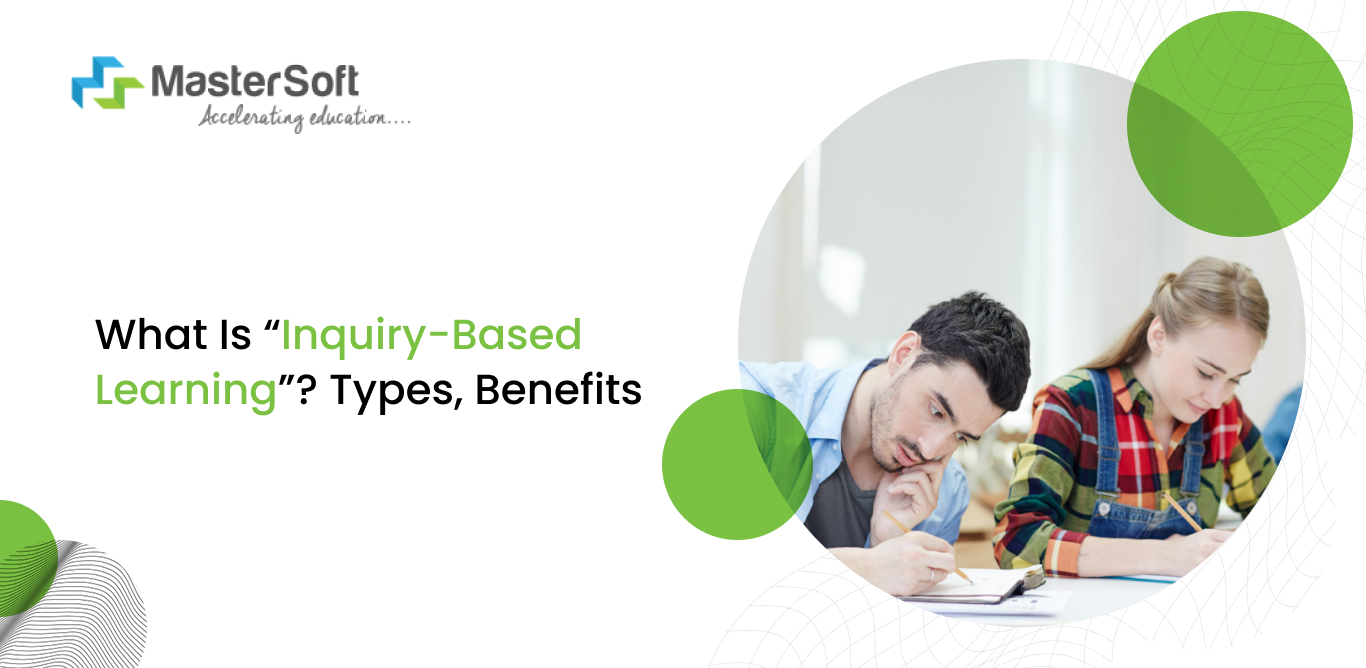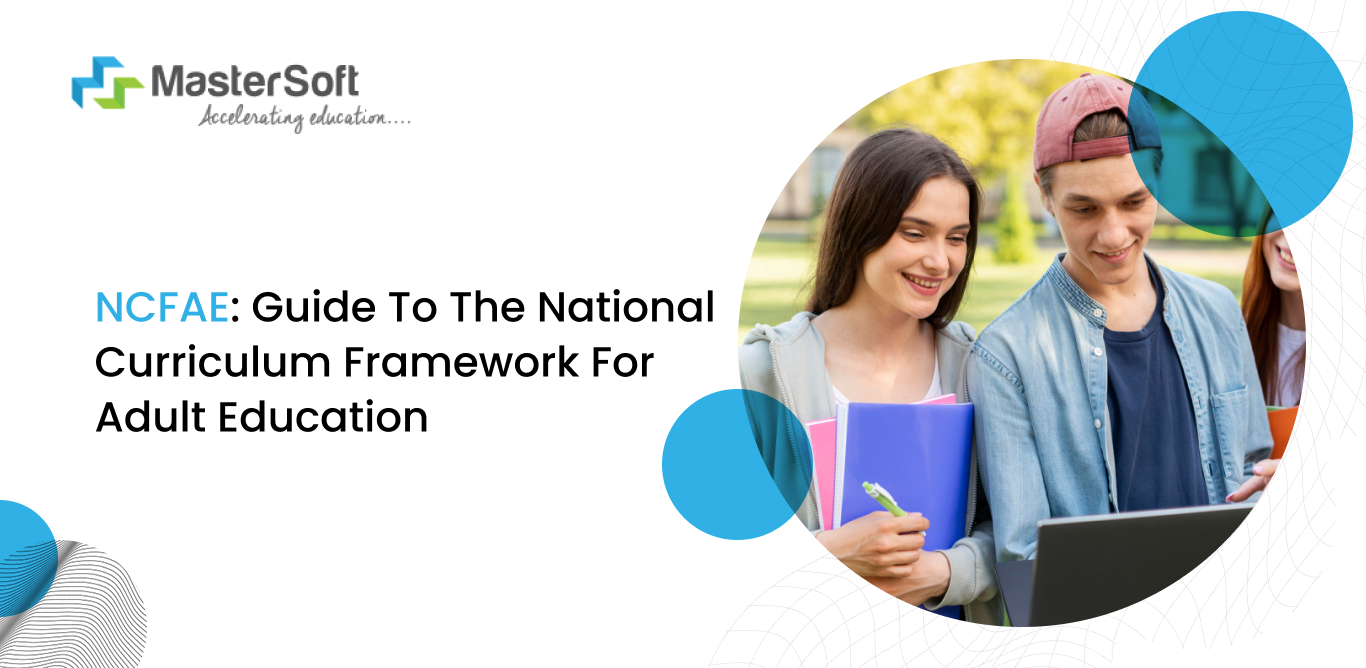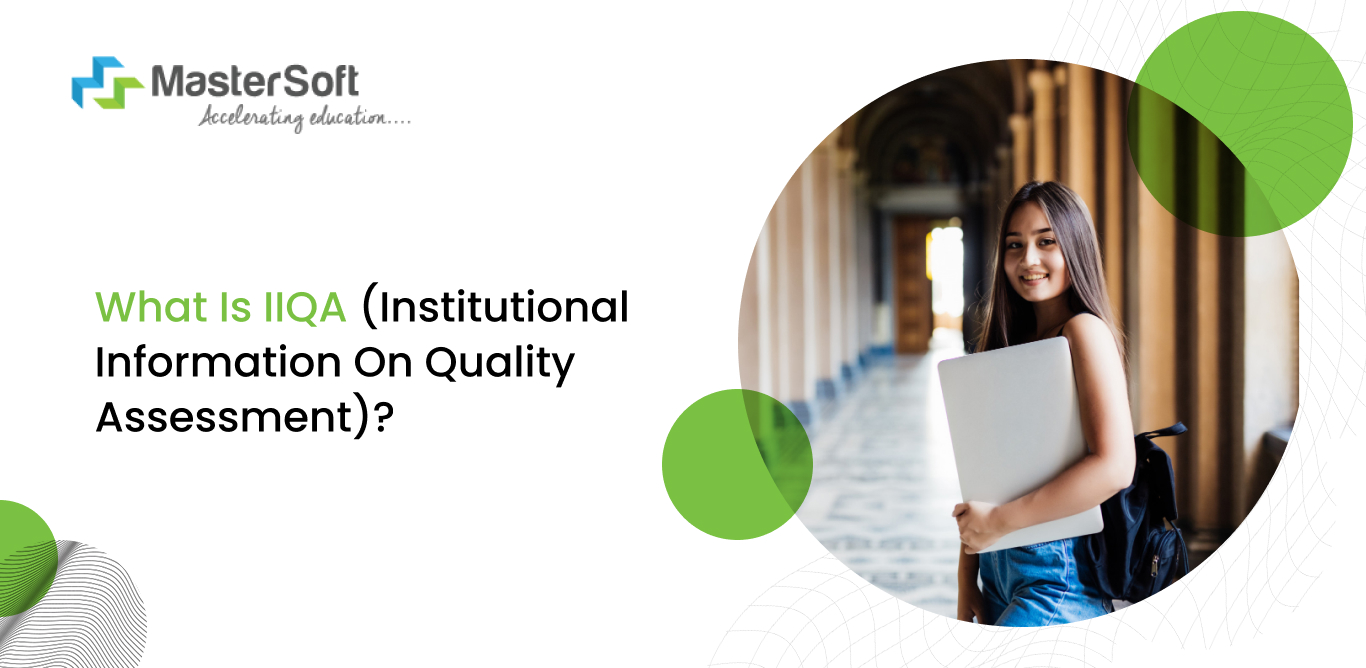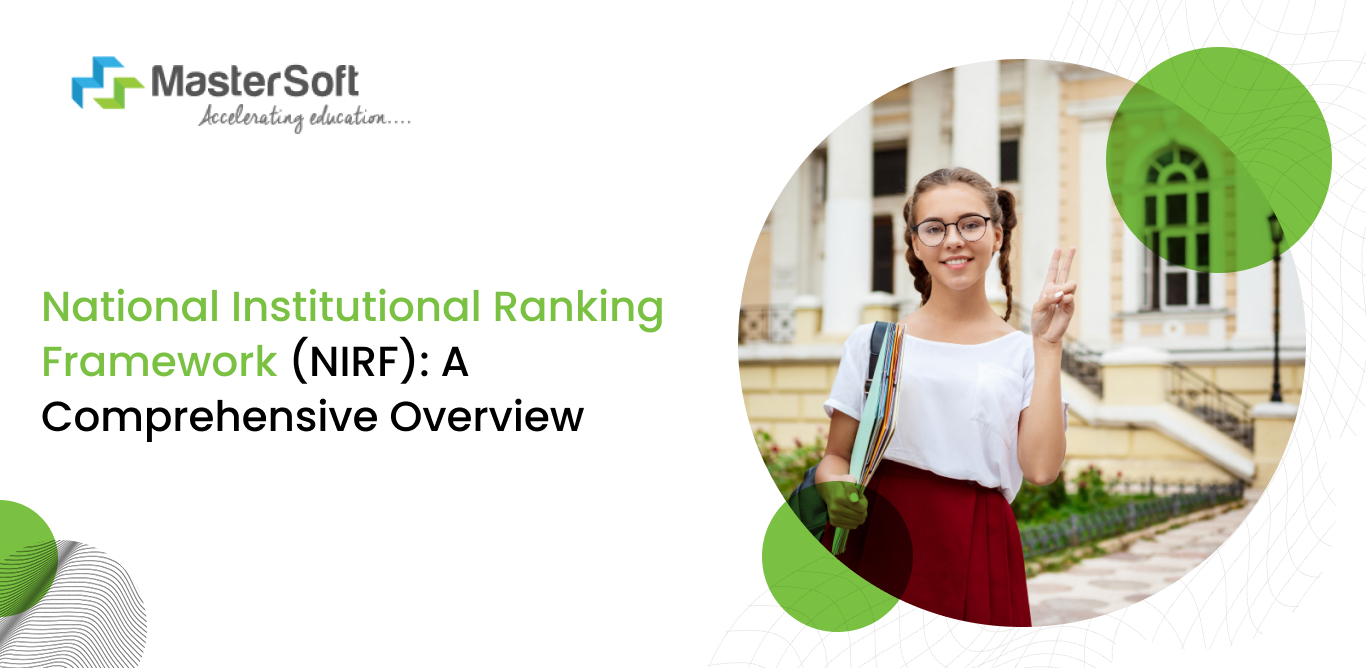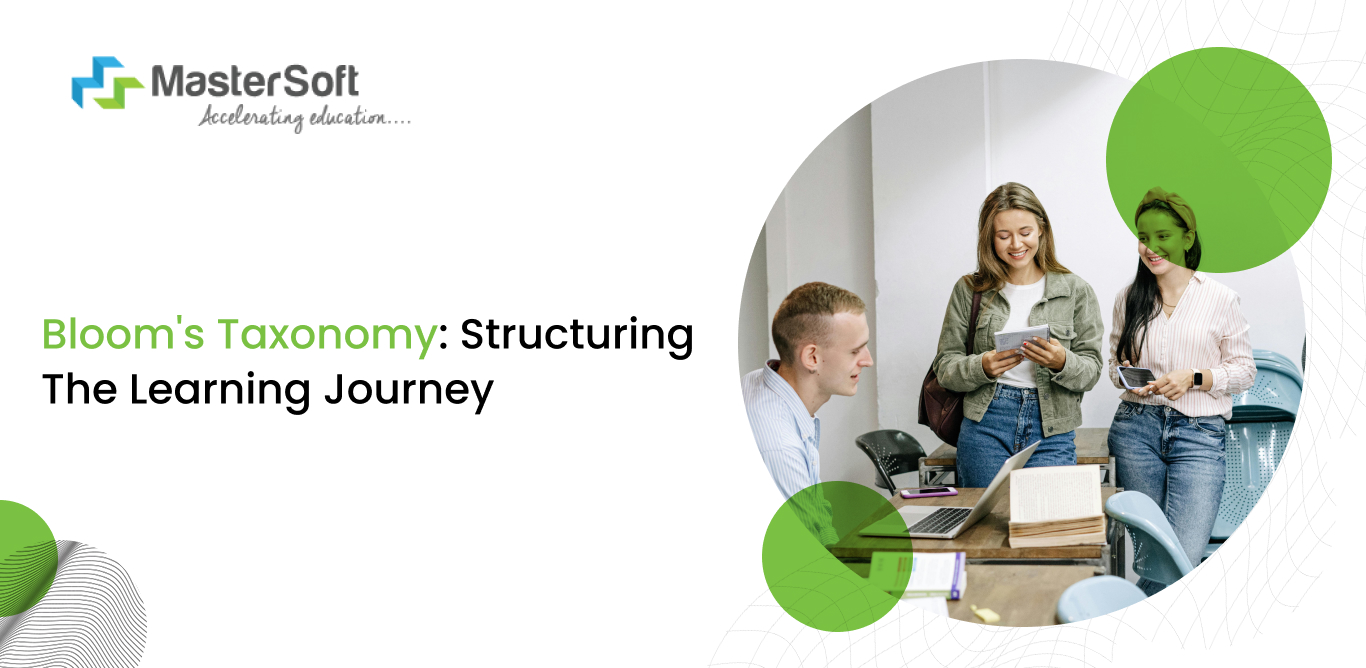26, August 2024
‘’Curiosity is the engine of achievement’’, a quote by notable British author Ken Robinson that highlights the underlying significance of curiosity. It leads one to question and do research instead of accepting everything at face value.
As a matter of fact, when it comes to pedagogical strategies, if most of them are teacher-centric, it leaves little to no room for self-learning. In fact, it might lead students to rely on teachers, whereas implementing inquiry-based learning (IBL) can foster critical thinking and problem-solving.
What is inquiry-based learning?
Inquiry-based learning is an instructional approach that includes various engaging activities that motivate students to ask questions. It is in stark contrast to traditional education techniques that use passive learning as a dominant teaching method.
Therefore, the classroom sessions go beyond teachers dictating lessons and students passively taking notes and memorizing them at home. Teachers create a stimulating learning environment wherein students take an active interest in the learning process.
They get the opportunity to research, explore, and question, allowing them to connect what they learn to a real-world context. For instance, they can embark on a journey of discovery, research, and conclusion after they receive a topic or question from the teacher.
Also, students can simply prepare the allotted topic and come to the class for an open discussion.
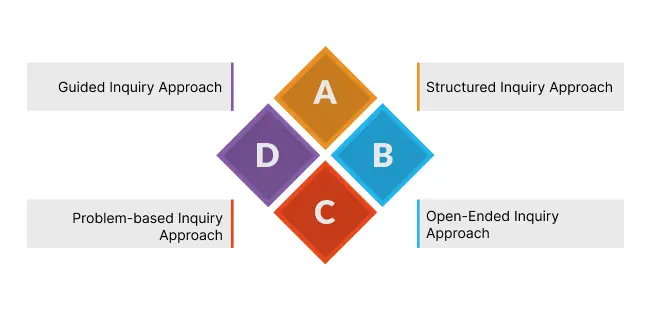
Different Types of Inquiry-Based Learning
Structured Inquiry Approach
The structured inquiry approach entails teachers developing a lesson plan elaborately to introduce new concepts to students. It usually starts with the teacher presenting a new topic and a central question.
Students brainstorm and explore facts related to the question; they conduct experiments and collect data and research information as per the teacher’s instructions. Furthermore, it is a teacher-centric method that boosts class engagement.
Open-Ended Inquiry Approach
An open-ended inquiry approach has no particular sequence and encourages students to take the initiative to use different methods and explore their interests. Also, instead of reaching a fixed conclusion, the focus is on discovering new knowledge.
Also, students often work together and share ideas, helping to improve their communication and collaboration skills.
National Institutional Ranking Framework (NIRF): A Comprehensive Overview
Problem-based inquiry approach
Problem-based inquiry is central to inquiry-based learning, wherein students attempt to solve real-world problems with their existing knowledge. Therefore, teachers present them with issues that reflect real-world situations.
Students work in a team or individually to explore, research, analyze, and propose solutions to the problem. Also, they apply their critical and creative thinking abilities to establish more meaningful connections to the learning material.
Guided Inquiry Approach
The guided inquiry approach is a combination of two approaches: structured inquiry and open-ended inquiry. The key is to strike a balance between the two by ensuring students have sufficient autonomy and timely guidance.
Furthermore, students have the liberty to ask questions according to a particular topic, whereas teachers help them by sharing helpful resources.
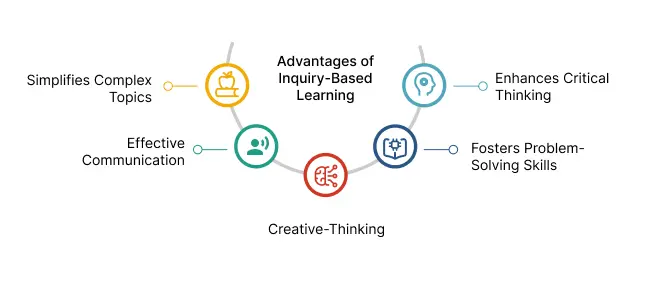
Advantages of inquiry-based learning
Enhances critical thinking
Would we have scientists and innovators if they all agreed to what their teachers said and never thought outside the box? Addressing the question is compulsory, especially because it puts the value of critical thinking and curiosity in perspective.
That is exactly what the inquiry-based approach strives to accomplish, as it encourages learners to think beyond the textbook content. Teachers don’t spoon-feed information; rather, they create an active learning environment.
Consequently, they ask questions, conduct research, and gain an individual understanding of the issues at hand. They learn to analyze information, identify their own bias, and develop alternative perspectives. Hence, they assess the credibility of the sources and learn to distinguish between fact and opinion.
Fosters problem-solving skills
Traditional education techniques usually include issues and provide a predetermined solution, whereas the inquiry-based approach encourages finding different remedies.
Problem-solving, researching, analyzing alternatives, and selecting an appropriate solution are core activities of the approach. Moreover, they learn to break down the problem, making it more manageable, which is the first step in the process.
Also, their research skills extend beyond textbooks as they explore diverse resources and analyze them thoroughly. Consequently, it helps to develop problem-solving skills, helping them to prepare for real-world challenges.
Hence, they become adaptable to handling various issues at school or college, helping them navigate the complexities of the world.
What Is The Spiral Curriculum? A Complete Guide
Creative-Thinking
One of the major objectives of education is to empower students to become well-adjusted and individualized beings. However, monotonous and passive learning methods do not provide enough opportunities to engage in rational analysis or objective thinking.
Fortunately, IBL challenges the ‘’status quo’’ and poses significant questions, encouraging learners to analyze a problem from different perspectives. It is one of the finest examples of divergent thinking, wherein students generate creative ideas.
For instance, when students work on group projects or assignments, each team member does independent research and may develop different ideas.
Effective Communication
No matter how brilliant a person might be, a lack of proper communication skills proves to be an obstacle to their target accomplishment. That is where IBL can make a major difference, as it has been designed to facilitate smooth communication.
Besides, when learners collaborate on different group initiatives, it allows them to interact with each other and contribute to the overall procedure. Also, students prioritize active listening to avoid conflict and maintain a cooperative learning environment.
In effect, it allows team members to express their thoughts and ideas and decide on the best strategies. Consequently, they succeed in completing their academic target in terms of a project or assignment.
Simplifies complex topics
A typical classroom session entails the teacher explaining a topic through an in-depth explanation, lecture, and homework. On the other hand, referring to textbooks or online resources to answer questions is part of the traditional approach.
Nevertheless, these passive teaching and learning methods are not adequate for students to understand the core topics. That is why inquiry-based learning is an ideal method, as it simplifies them.
In fact, it engages students with the subject material, conducts independent research, and lists out and discusses it in the upcoming class. It allows them to participate actively in the learning process, which in turn clarifies the topics further.
Factors to Remember While Implementing Inquiry-Based Learning
Open-ended vs. closed-ended
Ensure to pose open-ended questions such as:
- What is the most significant scientific discovery that can cause more harm than good?
- Is urbanization a good phenomenon?
- Would you consider socialism a beneficial ideology?
Such questions stimulate critical thinking, allowing students to engage in reflective discourse wherein they provide multiple answers. In contrast, open-ended questions have one-dimensional answers.
Relevance to the Real World
Teachers must implement the lesson delivery in such a way that it allows the connection of the learning material to a real-world context.
Scaffolding
Although self-learning and autonomy are key in IBL, providing initial support to learners is pivotal to ensuring success. For instance, teachers can model research strategies or suggest credible resources.
Mid-Process Guidance
Encountering roadblocks or setbacks is common in any learning process; hence, teachers can provide mid-process guidance. They can conduct discussions and interventions, which can help them get back on track.
Assessment as learning
Shift from the traditional testing approach or combine them with innovative assessment patterns by making them a part of the regular classes. For example, develop assessments to evaluate critical thinking, reasoning, and aptitude.
Wrapping it up,
Inquiry-based learning is an instructional approach that enables teachers to stimulate learners and bolster self-learning. It establishes a classroom environment of questioning, which can lead to an exchange of ideas and perspectives.
Furthermore, students become independent thinkers and use critical thinking to evaluate situations, content, or questions.
Still wondering what it takes to get a NIRF ranking?
Mobile: 08448010216
Email: janki.somani@iitms.co.in

